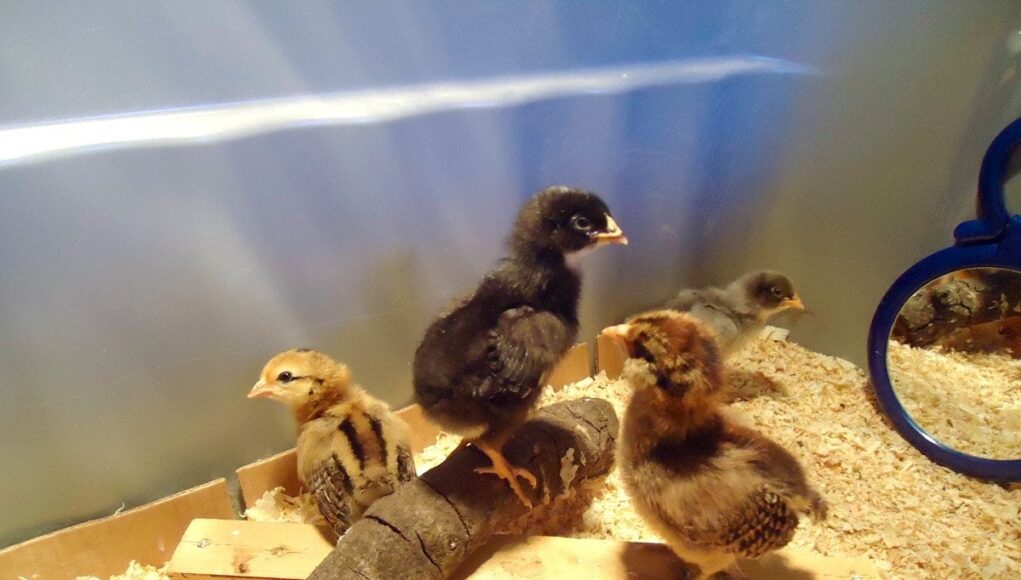The deep litter method in chick brooder is a popular technique among poultry enthusiasts and chicken lovers looking for sustainable and effective ways to manage their brooders. This method not only simplifies maintenance but also offers several benefits for your chicks’ health and environment. In this article, we’ll explore the advantages and implementation of the deep litter method, ensuring that your chicks thrive in a clean and comfortable space.

Understanding the Deep Litter Method
The deep litter method is an approach where layers of bedding material accumulate over time. Unlike traditional cleaning methods that require frequent replacement of bedding, this technique allows the bedding to decompose naturally. This decomposition process generates heat, which can be beneficial for keeping chicks warm, especially in cooler climates.
Benefits of the Deep Litter Method
- Natural Insulation: The decomposing litter provides a natural source of heat, reducing the need for additional heating sources.
- Reduced Labor: With less frequent bedding changes, you save time and effort in maintaining your chick brooder.
- Improved Hygiene: The method promotes healthy microbial activity, which can help control odors and harmful bacteria.
How to Implement the Deep Litter Method
Implementing the deep litter method requires some initial setup and regular maintenance. Here’s a step-by-step guide to get you started:
Step 1: Choose the Right Bedding Material
Opt for materials such as pine shavings, straw, or wood chips. These materials are absorbent and facilitate the decomposition process.
Step 2: Preparing the Brooder
Start with a clean brooder. Lay down an initial layer of bedding, about 4-6 inches deep, ensuring it’s evenly spread across the floor.
Step 3: Regular Maintenance
Periodically add fresh bedding on top of the existing layer, roughly every 4-6 weeks. This helps maintain cleanliness and continues the decomposition process.
Precautions and Tips
While the deep litter method is effective, it’s essential to monitor the brooder conditions regularly. Ensure adequate ventilation to prevent moisture buildup, which can lead to mold growth. Additionally, observe your chicks for any signs of respiratory issues or discomfort.
Common Challenges and Solutions
- Moisture Control: Ensure proper ventilation and consider using a moisture-absorbing material like diatomaceous earth if necessary.
- Odor Management: Regularly turning the bedding can help manage odors and promote even decomposition.
Comparing Deep Litter to Other Methods
Compared to traditional cleaning methods, the deep litter method offers a more sustainable and less labor-intensive approach. While other methods may require frequent bedding changes, this technique leverages the natural decomposition process to maintain a healthy brooder environment.
Resources and Further Reading
For more insights on sustainable poultry practices, visit Michigan State University Extension.
To explore more about chick brooder designs and maintenance, check out our articles on small chick brooder designs and how often to change brooder bedding.

Frequently Asked Questions
What is the best bedding for deep litter method?
Pine shavings and straw are popular choices due to their absorbency and ability to decompose efficiently.
How often should I turn the bedding?
Turning the bedding every few weeks helps manage odor and promotes healthy decomposition.
Is the deep litter method suitable for all climates?
Yes, but additional measures like proper ventilation may be needed in humid areas to prevent moisture issues.
This article contains affiliate links. We may earn a commission at no extra cost to you.










